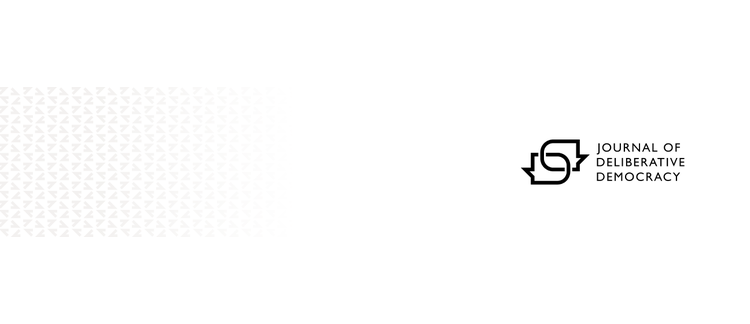Abstract
Deliberative polling engages citizens in a process of dialog, exposure to information, and interaction with experts, with the goal of developing more informed, stable attitudes and promoting civic engagement. There have been relatively few assessments of deliberative polling’s short-term effects and even fewer on its long-term effects. Moreover, most assessments examine aggregate changes in attitudes, although theory would suggest that changes might be idiosyncratic, especially in situations where balanced information is provided. This study examines the effects of a one-day modified deliberative poll regarding energy options for the state of Idaho. Using quantitative data from pre-tests, an immediate post-test (n=61), and a follow-up post-test eight months later (n=44), as well as qualitative data from interviews, this study explored preferences for five energy options and how participation affected civic engagement. We also report on participants’ assessments of the deliberative poll itself. Results show few significant changes in aggregate attitudes, with the exception that preference for nuclear power declined after the deliberative poll event. However, examining within-subjects data revealed that up to approximately 30% of participants exhibited substantive changes in their preferences, both immediately after the event and several months later. The extent of changes between the post-test and delayed post-test reinforces that attitudes are affected by individuals’ life circumstances, and suggests participation did not lead to highly enduring attitude changes. There was little evidence that participation led to increased civic engagement, either through communicating what was learned with others or through becoming more politically active
Keywords
energy, deliberative democracy, deliberative polling, activism, Attitude change
How to Cite
Hall T. & Wilson P. & Newman J., (2011) “Evaluating the Short- and Long-term Effects of a Modified Deliberative Poll on Idahoans’ Attitudes and Civic Engagement Related to Energy Options”, Journal of Public Deliberation 7(1). doi: https://doi.org/10.16997/jdd.117
2321
Views
526
Downloads
2
Citations
